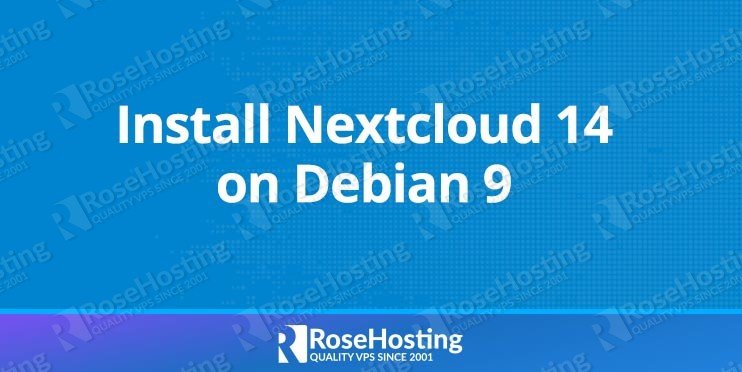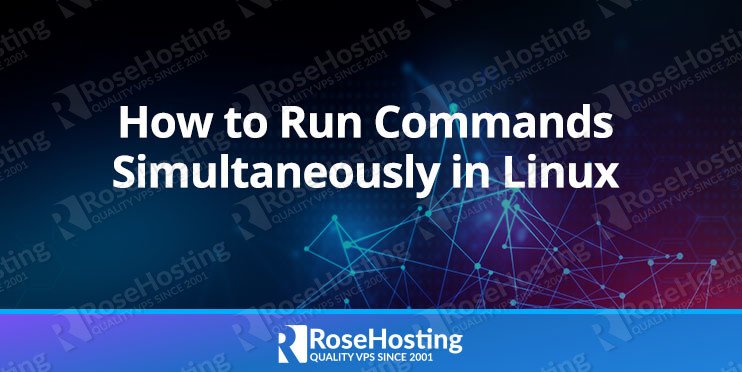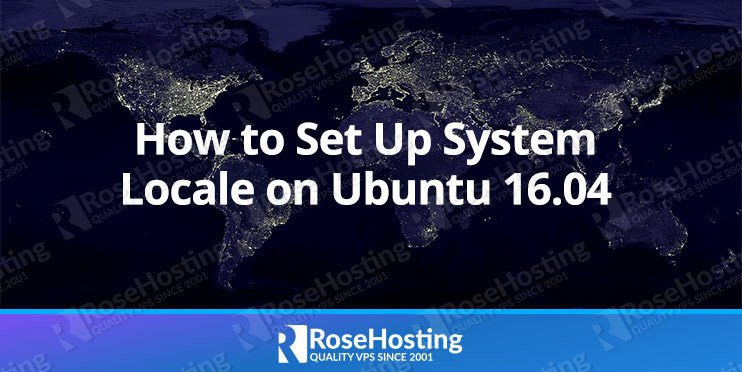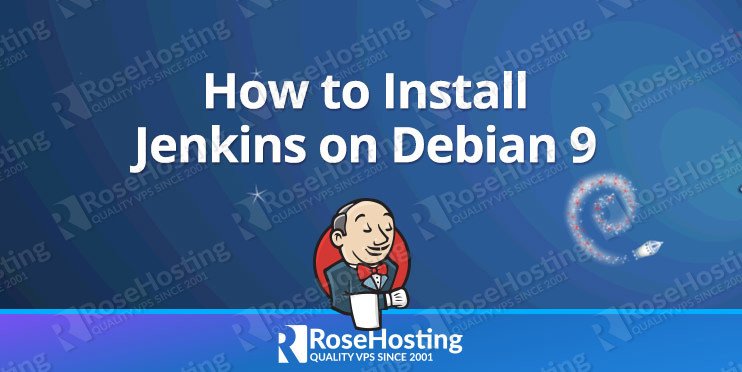Anyone who’s administered a Linux server for a certain amount of time is familiar with the “grep” command. With Linux’s philosophy of “Everything is a file”, grep becomes crucial to traversing log files, configuration files, checking for certain errors in output files, and getting the number of matches. In this tutorial, I’ll show you a few advanced uses of grep that can still be pretty useful. These are not hard to find in the man pages, but they’re just an extension of grep’s default functionality.
 Jeff Wilson
Jeff Wilson
How to Install Nextcloud 14 on Debian 9
Nextcloud is a self-hosted file sharing application that allows you to store your data, such as files, contacts, images, calendars, news and more. Using Nextcloud to store your documents can remove your need for using third-party hosting software like Dropbox, Google Drive, iCloud. In this article, we will install Nextcloud 14 on Debian 9, with Apache web server, MariaDB and PHP 7.0.
How to Run Commands Simultaneously in Linux
Let’s say you’re editing a configuration file in the Linux “vi” editor, and suddenly need to look up some data in another file? On a regular GUI system, this wouldn’t be a problem. You just open the second file, check when you need, and then switch back to the first program. On a command line, it isn’t that simple. Executing a process via the CLI blocks further input on any other program. Take this sleep command, for example,:
How to Install NextCloud 14 on CentOS 7
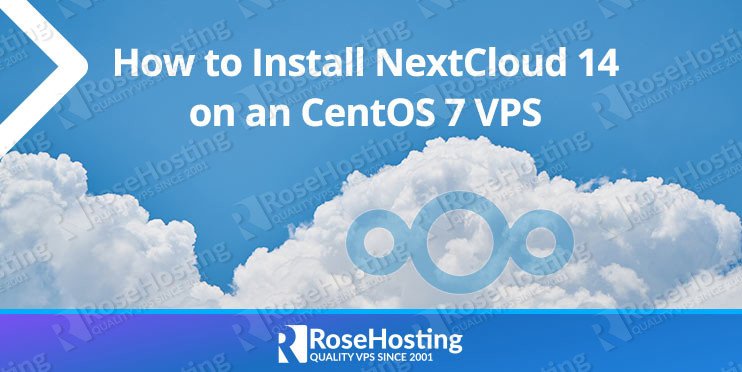
Nextcloud is one of the most popular free and open-source self-hosted file sync and sharing applications. You can use it to store your personal files, contacts, pictures, music, and much more and it allows you to access them or share them with your friends at any time. It is a popular alternative to another widely used file hosting application called ownCloud. In this tutorial, we will show you how to install the latest version 14 of Nextcloud on CentOS.
How to Set Up System Locale on Ubuntu 16.04
Operating systems all now provide support for almost all languages and locales. Due to the widespread use of servers and computers all over the world, creating support for languages other than English was inevitable. Whether it’s for personal or professional use, millions of people need their computers or servers to provide output in a language they can understand, or in units that are relevant to their region.
Language-specific aspects of the server include being able to display language-specific characters, date and time formats specific to the region, and any other formatting changes, such as conventions/standards used for numbers and units.
How to Install Rocket.Chat on Ubuntu 16.04
Rocket.Chat is a self-hosted and open source web chat server. It offers a chat, file sharing, video calls, helpdesk and voice services which makes it a great alternative to Slack. This tutorial provides step-by-step instructions for installing Rocket.Chat on an Ubuntu 16.04 VPS.
How to Install PHP 7.2 on Debian 9
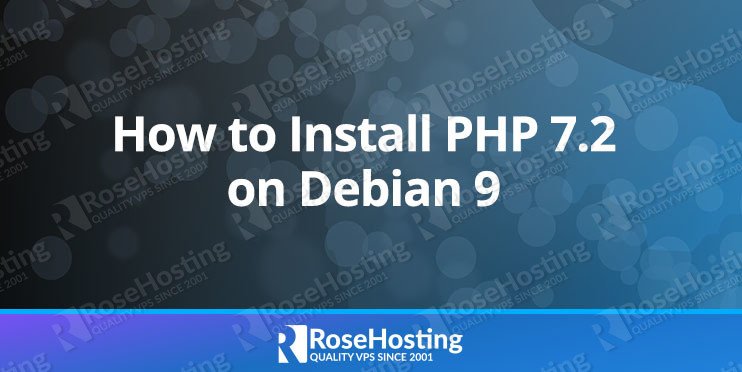
We will show you how to install PHP 7.2 on a Linux server running Debian 9 as an operating system. PHP is a server-side scripting language commonly used for Web development, but it is also used as a general-purpose programming language. PHP powers WordPress, the most popular content management system used for blogging and building websites as well as may other e-commerce websites, customer relationship management software, enterprise resource planning software and much more.

